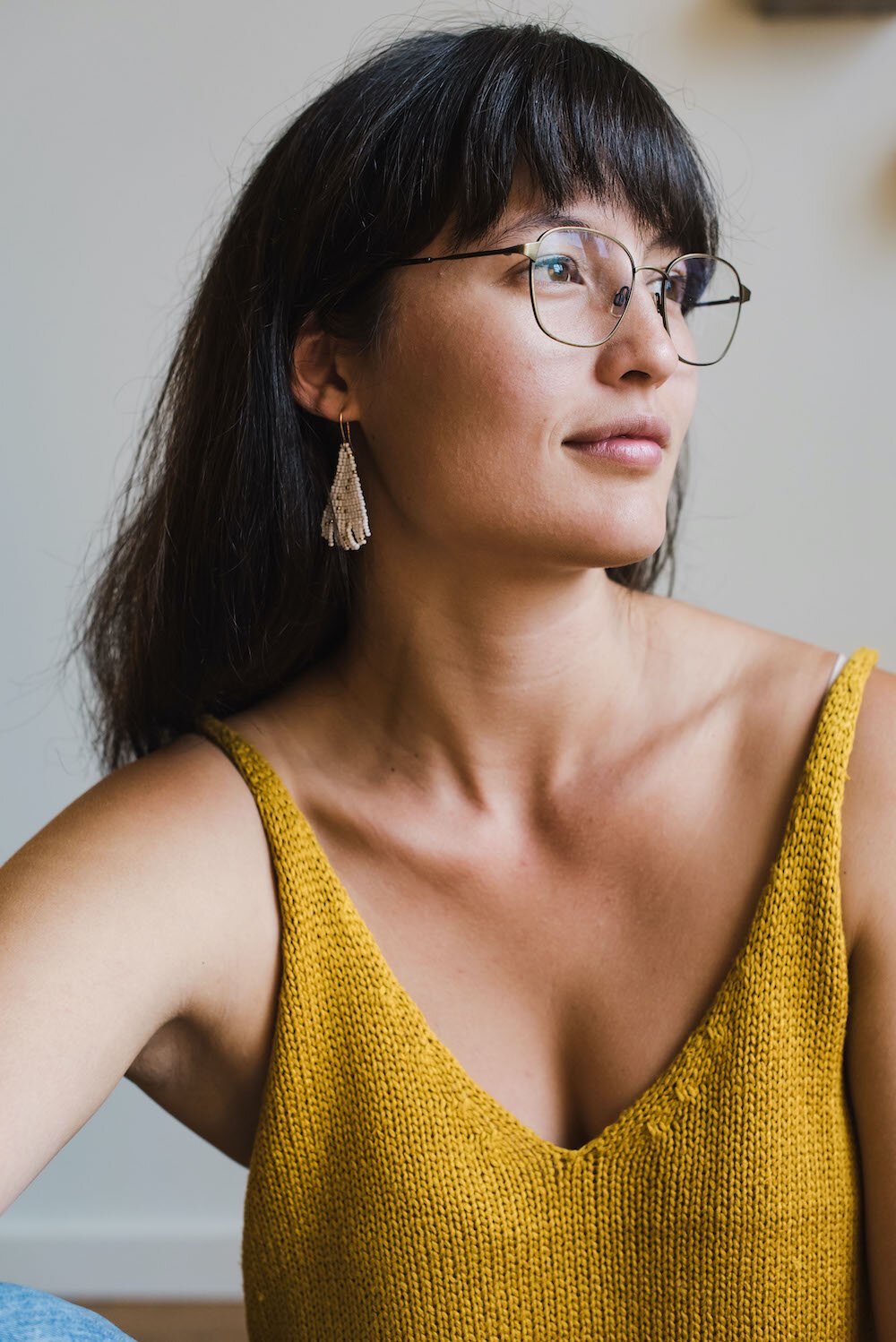
9 Common Misunderstandings About The Enneagram
Your Burning Enneagram Questions, Answered
While experts continue to debate about the origins of the Enneagram, we have Claudio Naranjo to thank for bringing it out west in the 1960s. Since then, the Enneagram has only increased in popularity. In the last few years, it’s become even more mainstream—from Instagram meme accounts to weekend seminars and typing workshops. But like with anything that transcends time and continents, the Enneagram has been shrouded in its fair share of myths and misconceptions.
If you’re confused by the sometimes contradictory information, here are nine common misunderstandings to watch for. When in doubt, you can also turn to our favorite Enneagram experts and teachers to help demystify claims.
And if you’re new to the Enneagram, this guide can help you find your number.
1. Myth: The Enneagram is a personality tool
We’ve all seen the memes and the t-shirts that correlate with specific Enneagram numbers. Ones are organized, Fours are artistic, and Sevens are optimists always on the lookout for adventure. These stereotypes—while perhaps true for some people—are mostly misconceptions. The personality traits assigned to each number only scratch the surface of what the Enneagram is truly about. The Enneagram is not a personality test; it’s a nine-point number system designed for self-knowledge and internal growth.
2. Myth: A test can tell your Enneagram number
Despite what the internet will tell you, online tests shouldn’t be relied upon for discovering your number. Tests from certified Enneagram organizations are excellent resources to guide you and point you in the right direction, but it really comes down to self-reflection and learning about all numbers (we recommend these teachers and resources for further learning).
3. Myth: You can have more than one Enneagram number
When first learning about the Enneagram, you may find yourself identifying with more than one number. This is entirely normal. By remembering that the Enneagram isn’t a personality test and that our type is determined by our core fear and desire, we can more easily disregard the habits and even stereotypes associated with the nine numbers.
“Our type is determined by our core fear and desire.”
For example, I may identify with the organizational tendencies of Ones, and I may be self-sufficient and determined like an Eight. This doesn’t mean I am either of those numbers or that I’m a combination of the two. It merely means I have characteristics that these numbers sometimes exemplify.
4. Myth: Your Enneagram number can change
The Enneagram doesn’t change, and neither does our core number (sometimes called our basic type). Neither can we choose our number. According to Enneagram teachers, we get our number during childhood, and our core fear and desire stem from our earliest experiences.
Many teachers also discuss the importance of spanning the Enneagram; all of the numbers are connected. But our number doesn’t change. It is the same today as when we were children, and it will stay the same throughout our lives.
5. Myth: Your wings can be any number on the Enneagram
What can change is our wing numbers. These are the numbers on either side of our core type. For example, if you’re a Five, you can either have a wing Four or a wing Six (written like this: 5w4 or 5w6). Unlike our core number, our wings can fluctuate throughout our lives. Some teachers even believe we start life with one wing and then swing to the other before finding balance in the middle.
“Some teachers believe we start life with one wing and then swing to the other before finding balance in the middle.”
The misconception is that our wing number can be any other number on the Enneagram. For example, I might try to type myself as a 4w8. But this is a misunderstanding, and this theory isn’t supported by Enneagram teachings. Our wing number can only be one of the numbers to either side of our core type.
6. Myth: The Enneagram is affiliated with a specific religion
In the past few years, the Enneagram has been used more frequently by various religious traditions. Many current authors and Enneagram teachers identify with different beliefs and use this tool as a part of their spiritual practice.
“The Enneagram concerns itself with one element that is fundamental to all spiritual paths: self-knowledge.”
While the Enneagram can be used in conjunction with spirituality, it’s not founded on or connected with any specific tradition or spiritual beliefs. Don Richard Riso, one of the world’s leading Enneagram teachers and experts, writes about this in The Wisdom of the Enneagram.
“The Enneagram is not a religion, however; nor does it interfere with a person’s religious orientation. It does not pretend to be a complete spiritual path. Nevertheless, it concerns itself with one element that is fundamental to all spiritual paths: self-knowledge.”
7. Myth: You know your family and friends’ Enneagram numbers
Enneagram teacher and author Abi Robins says that typing other people “may be the most important and most ignored rule in the Enneagram community.” Please don’t do it. Sure, it’s fun to think about which Enneagram number our friend, family member, or partner may be. But the truth is, no one truly knows anyone else’s type.
Remember, this journey is deeply personal and requires looking inward and reflecting on one’s core fears and desires. While it’s true that the people who know us best may offer insight (and vice versa), it’s essential not to type others or to let anyone else type you.
8. Myth: All Enneagram numbers look the same
It’s easy to assume that two people with the same number are the same. But the Enneagram is a nuanced tool with many layers. For example, outside of the core Enneagram number, each person has wings, subtypes, integration lines, and more. The point is, it’s impossible for any two people to be exactly the same. While they share a common fear and desire, they are still individuals shaped by varying interests and environments.
I like to think about each number like a primary color with many shades that exist beneath the umbrella. There are countless shades of blue, just like there are variants to each Enneagram number. No one person looks the same, and thus it’s essential we don’t generalize or assume we know someone based on their number.
9. Myth: You are the sum of your Enneagram number
Last on this list, and possibly the most important Enneagram myth to demystify: We are not the sum of our type or number. This is true with any system or test, and it’s specifically true as it relates to this tool.
Humans are nuanced, as is the Enneagram. Use the tool for growth and further self-discovery, but don’t let it box you in or limit who you are.
“Use the tool for growth and further self-discovery, but don’t let it box you in or limit who you are.”
Are you confused about something Enneagram-related? We’d love to hear your thoughts in the comments below!
Kayti Christian (she/her) is a Senior Editor at The Good Trade. She has a Master’s in Nonfiction Writing from the University of London and is the creator of Feelings Not Aside, a newsletter for sensitive people.





